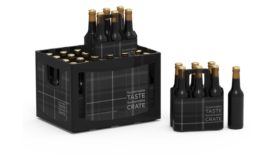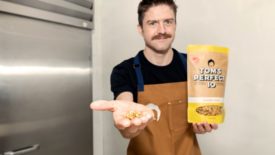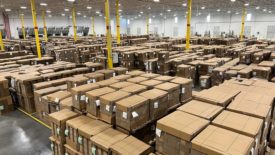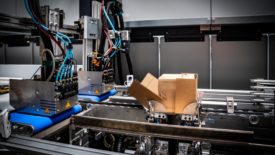Home » Keywords: » ecommerce trends
Items Tagged with 'ecommerce trends'
ARTICLES
E-commerce
Protective Packaging a Must in an E-commerce Era
Increased volume of shipped products means packages are travelling further, wider and for longer.
November 1, 2021
Automation
10 Artificial Intelligence Innovations Impacting the Packaging Industry in 2021
As we enter the second half of 2021, we can expect AI-driven innovation to have a major impact on packaging design and production.
July 15, 2021











